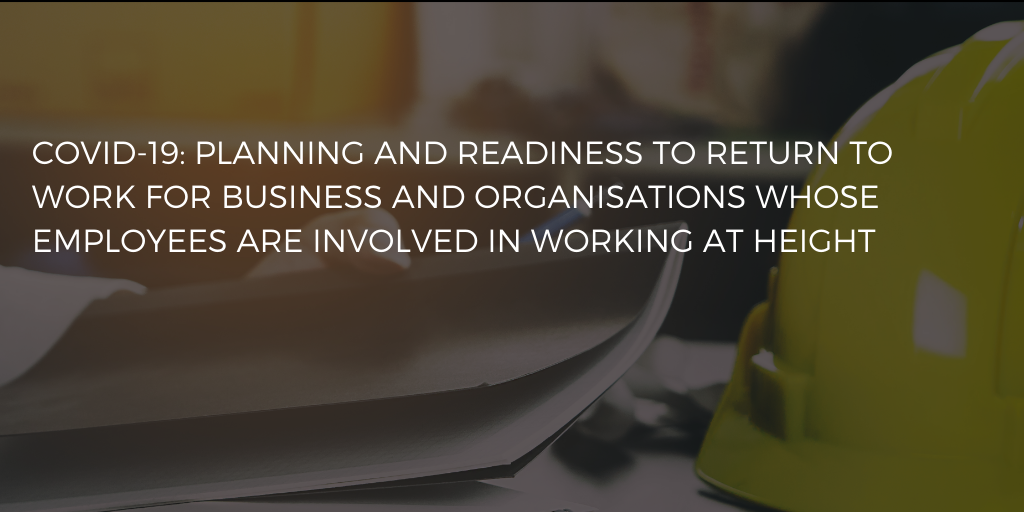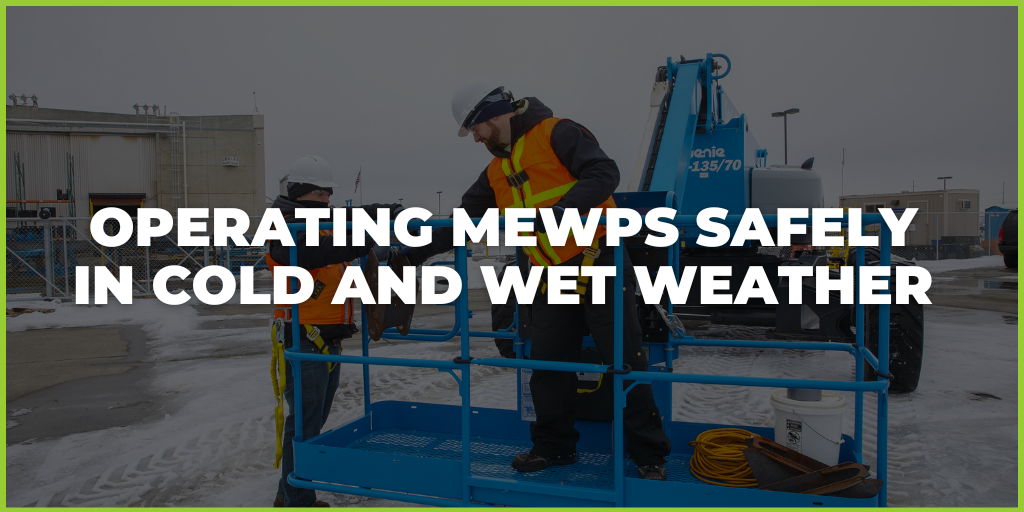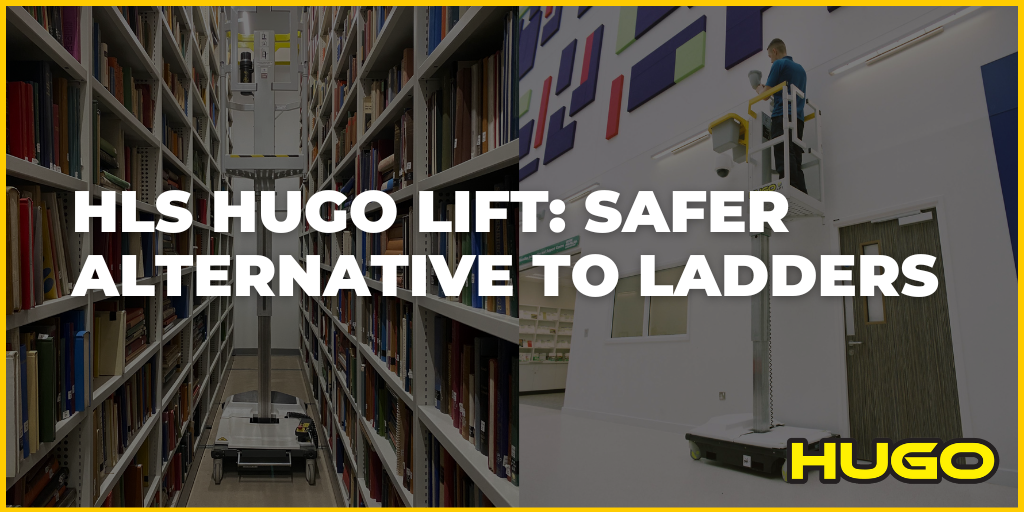In response to the coronavirus outbreak, we have started to create a blog series to share information, best practice and resources which we will share with you over the coming weeks.
In this forthcoming blog series, we will look at the additional hazards that COVID-19 may introduce into your organisation and the steps for consideration to control the risks and keep your workers and customers safe and healthy when working at height.
While many organisations have had to close their premises, the organisation/business operations of those that provide essential services have had to adapt quickly and stay operational whilst preventing the spread of COVID-19 by following the UK Government’s social distancing measures as much as possible.
COVID-19: What do I need to consider when preparing my workplace?
On the 3rd of March, The Worlds Health Organisation (WHO) released information on simple ways to prevent the spread of COVID-19 in the workplace in this key document titled ‘Getting your workplace ready for COVID-19’.
The critical considerations
- Hygiene in the working environment - e.g. make sure your workplace is clean and hygienic - including equipment
- Hygiene habits of the employees - e.g. promote regular and thorough hand-washing
- Respiratory hygiene in the workplace - e.g wearing PPE and ensuring good ventilation
- Social distancing in the workplace - where possible, maintaining a 2 meters distance from employees, contractors and customers
Planning and assessing risks within the context of working at height
You will need to create risk assessments for every task and review pre-existing risk assessments for working at height tasks in light of the COVID-19 critical considerations.
Every organisation is different, there’s no one size fits all approach, so you will need to think carefully about the hazards and control measures you adopt as these will be specific to the conditions in your workplace.
Take a step back to review a situation you might be familiar with and consult with other parties such as employees for their input and perspective, in light of the guidelines.
Questions to consider:
- Reconsider whether or not the task actually needs to be done at height. Can we make changes to the workplace? For example, can we make alternative arrangements for accessing items in storage that were previously only accessible at the height?
- What tasks are essential and what tasks may be considered non-essential?
- What equipment and PPE do I need to do the task at hand? For example, is the equipment usually shared?
- How frequent is the task carried out? For example, are hygiene requirements likely to increase and therefore so is the frequency?
- Is the time taken to carry out the task likely to increase? Again, it’s possible that the length of time taken to carry out cleaning tasks may increase.
- Who is carrying out the task and in particular can contact between employees, contractors and the general public be minimised when carrying out the task
You should ensure that you follow the latest advice from the Public Health Agency which is available on the following link and incorporate this information into your risk assessment.
https://www.publichealth.hscni.net/
A risk assessment is only effective if you and your employees act on it. You must follow through with any actions required and review it on a regular basis. Part of the review should take into consideration what additional training needs to take place for continued safe operations? Communicate to your employees and contractors about the plan and make sure they are aware of what they need to do.
You will also need to review your emergency and work at height rescue planning procedures.
New emergency procedures may also need to be developed and put in place on what to do if someone becomes ill with suspected COVID-19 at work.
In Summary
Simple precautions, planning and detailed risk assessments can make a big difference. Taking action now to prepare will help protect your employees and your organisation when you are ready to return to work.
Are you struggling to understand the new risks on your site or building? We offer a site survey and risk assessment support service, to help you find the right working at height solution and to help your business adapt to operating safely during coronavirus outbreak.
In our next feature, we will look at the additional hygiene requirements and productive ways to manage these when working at height.
Please share this information with your collegues who you feel may find it useful.
**This guidance was correct at time of publishing. We will endeavour to keep this information up to date.
Click below to download our 2020 Work at Height Expert Guide





